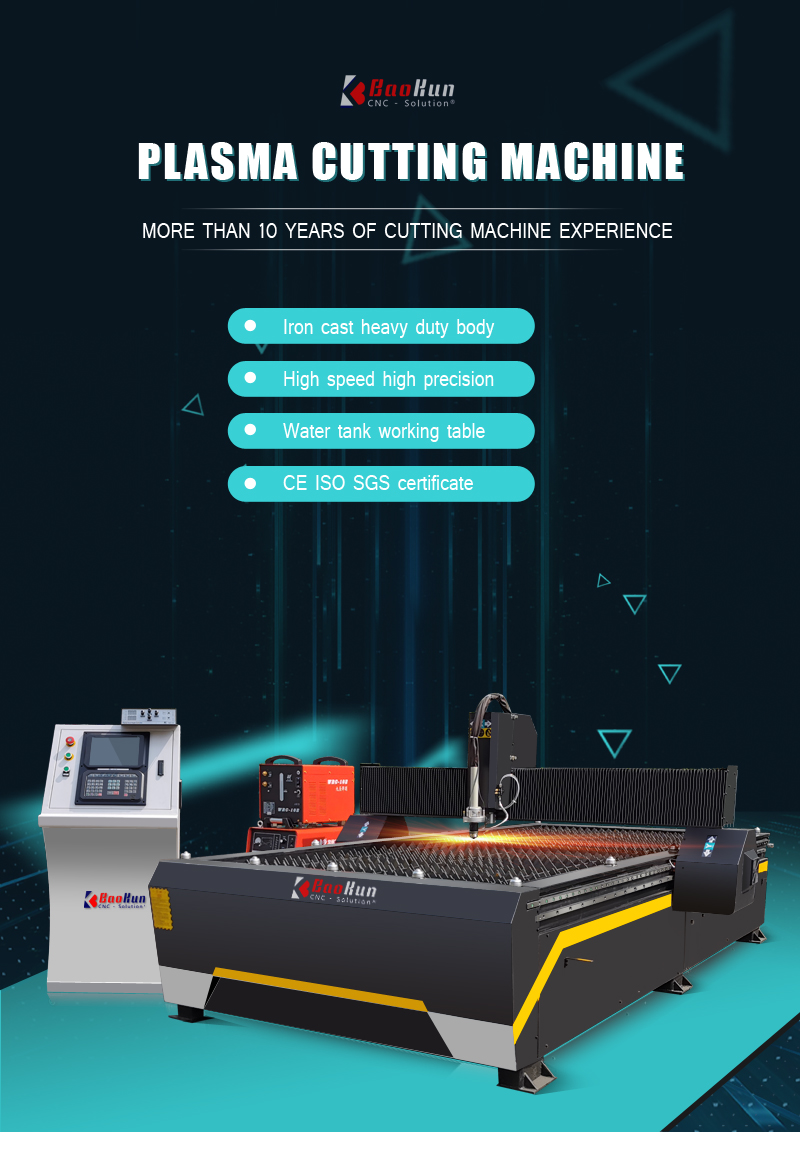Choosing Plasma Cutting Machine OR Oxy-fuel Cutting?
Choosing Plasma Cutting Machine OR Oxy-fuel Cutting?
Metal cutting is a common step involved with many welding jobs, whether the application is in the fabrication shop or on a jobsite.
Two popular metal-cutting processes are Oxy-fuel and plasma cutting machine. Both systems have advantages and disadvantages, so determining the best fit depends on numerous factors, including the type and thickness of the metal being cut, location of the job, power resources available and cost. Oxy-fuel torches have long been a popular choice for cutting metal in the field due to portability benefits. However, technology advancements are making plasma a more portable option. Learn more about the basics of each process and factors to consider in choosing one for your application. Learn more about how to choose the right one for your needs.
Advantages of plasma cutting machine include:
· Ability to cut many types of metals: Plasma cutting machine can cut non-ferrous metals such as aluminum, stainless steel and cast iron — materials that are becoming more common in many applications.
· Cutting precision: Plasma typically cuts quickly and with minimal slag, providing smooth cuts with a narrower kerf than what’s produced by oxy-fuel torches.
· No preheating required: Because plasma doesn’t require the metal to be preheated before cutting, this saves time and money.
· Faster speeds on thinner metals: Plasma can cut thinner metals faster than oxy-fuel can, and with minimal or no metal distortion. Plasma also offers better performance when cutting stacked metals.
· Better cutting on shaped metals: When the workpiece has angles, channels or tubes, plasma cutting can provide faster and more precise cutting performance.
· Easy to use: Plasma cutting machine are relatively simple to use compared to oxy-fuel systems and provide the benefit of minimal cleanup.
· Safety benefits: Plasma cutting machine don’t require storing or handling explosive gases or dealing with an open flame.
Benefits of oxy-fuel cutting include:
· Good for thicker metals: The average hand-held oxy-fuel cutting system can cut steel 6 to 12 inches thick, with some systems capable of cutting steel more than 20 inches thick. For thicker steels of more than 1 inch, oxy-fuel torches are capable of greater cutting speeds when compared to typical 100-amp hand-held plasma cutting systems.
· Great portability: For cutting in the field, oxy-fuel systems provide a high degree of portability since they don’t require electrical power. Some small oxy-fuel systems weigh about 35 pounds, so with oxy-fuel tanks and a torch, it is possible to cut steel almost anywhere.
· Extended lengths available: Oxy-fuel torches are available in extended lengths to keep the operator at a distance from the heat, flames and slag produced while cutting. Most torch hoses are connected to a set of cylinders on a portable cart or sometimes to a stationary manifold header system. The use of long hoses allows greater portability.
· Process versatility: Oxy-fuel torches can cut, weld, braze, solder, heat and gouge.
However, there are several factors to keep in mind regarding oxy-fuel cutting systems.
Oxy-fuel torches are normally used for cutting only ferrous metals or those containing iron, such as carbon steel. For the most part, they are not used for cutting cast iron, aluminum or stainless steel.
And while oxy-fuel torches aren’t dependent on primary power or compressed air, they do require purchase of gas.
Consider the uses
Cost considerations likely also will come into play when making the decision between plasma and oxy-fuel cutting systems. The initial investment in a plasma cutter is typically more expensive than an oxy-fuel system. However, oxy-fuel torches involve an ongoing cost for the necessary gases, which plasma cutters don’t require.
When choosing between plasma cutting machine and oxy-fuel cutting tools, ask yourself: what metal do I cut most often, and what is the thickest metal that will need to be cut? If the job consistently requires cutting thicker metals, the time and money saved by quickly cutting through thick metal with an oxy-fuel system makes a difference. On the flip side, if precision cutting of stainless steel and aluminum is important, a plasma system is the way to go.
The bottom line: Plasma and oxy-fuel have a place in most metal-processing applications, and many operations will benefit from having both systems in their arsenal.Just choose the most suitable one up to your needs!



评论
发表评论